World Fine Art Professionals and their Key-Pieces, 514 - Henk Braam
World Fine Art Professionals and their Key-Pieces, 514 – Henk Braam
Henk Braam is a street photographer. He comes from Nijmegen, but was born in Northern Rhodesia, later Zambia and recently left for Southeast Asia – Thailand, Hong Kong and Vietnam – where he will capture daily life with his camera in the coming years.
He was in Asia before. After the Art Academy in Arnhem in the late seventies/early eighties and a short period in a video company, he left for India, Nepal, Myanmar and Indonesia in 1984. He was there for seven months and recorded everything, but in connection with the death of his father he returned to the Netherlands. Now, after forty years, he continues his journey.
Henri Cartier-Bresson
During his academy years he had become acquainted with the work of photographer Henri Cartier-Bresson. That was an important moment. If that hadn’t happened, he might have become a comic strip artist; he was in the drawing department of the Academy and loved comic strips. Henk Braam: “I was completely inspired by Cartier-Bresson’s work and realized that photography is also illustrating, but with light and film, and that it is much more adventurous than drawing behind a desk. You travel, meet people, experience a lot.”
With Cartier-Bresson it was all about looking, observing and waiting for the decisive moment to click. Because you couldn’t, like today, click continuously and pick out the best one later, because the roll wasn’t that long. You had to be frugal.
He doesn’t think in advance about what he’s going to photograph. Just like Cartier-Bresson, he likes to be surprised by the moment. “I’m waiting at a photogenic spot, for example near a shadow, and I feel like a cheetah. Cheetahs look, sneak, smell, miss… search again, and then suddenly he has a bite. It’s a game where you’re rewarded with a beautiful photo opportunity.”
Reports in distant countries
Braam made many reports in distant countries for organizations such as Doctors without Borders, the Liliane Fund and Amnesty International. It resulted in images of the genocide in Rwanda, many refugee camps, the consequences of cholera with thousands of corpses, the consequences of drought and locust plagues in Niger and natural disasters such as earthquakes in India or a tsunami in Sri Lanka. For his photos about the student riots in Jakarta he received the first prize in the category ‘foreign news’ at the Zilveren Camera in 1998.
But they are not just gloomy photos. Braam: “For example, I can take a photo of misery in a poor country, but I can also photograph a happy moment. In all misery there is always happiness, life is not black and white. Furthermore, I want to polish my photos as little as possible. Photos are increasingly starting to look like illustrations, more beautiful than reality. I want to stay as close to that reality as possible. A well-made photo does not need to be pimped. Composition, moment, background and foreground play the biggest role. And you can be creative with shutter speed, I find that much more interesting than pimping and photoshopping afterwards.”
Nijmegen
He was also active in his hometown of Nijmegen. For almost 20 years he published a monthly photo in The Nijmegen City Newspaper (De Nijmeegse Stadskrant). “It is an excursion to ‘the fun’. The city is the setting, the passers-by the ‘actors’.” In doing so, he followed in the footsteps of another Nijmegen photographer, about whom we previously published: Jan van Teeffelen. He even took lessons from Van Teeffelen at the Lindenberg.
“I signed up for the advanced photography course with city photographer Jan van Teeffelen. He saw something in my photos. We didn’t live far from each other and soon we often drank tea together and talked about photography. That’s how a friendship developed that lasted until Jan’s death at the age of eighty-one.” When Van Teeffelen turned eighty, Braam organised a surprise exhibition of photos with Jan himself in the lead role, taken by other Nijmegen photographers.
Getting started with Jan van Teeffelen’s legacy
Jan van Teeffelen had not paid attention to what would happen to his photos. ‘Maybe it will end up in an old shoebox’. But his son Marc thought differently. There were a lot of photos and many were not developed. In the end it turned out to be more than a million analogue photos and slides. Marc and a number of Nijmegen residents set up a foundation to preserve the work.
“After ten years, he had digitized ninety-one thousand black-and-white images, about a tenth of the entire black-and-white archive. But Marc got cancer, quickly married his girlfriend, and on the wedding day he asked me: ‘What’s going to happen to the archive, my wife will have to leave the house, then the archive will be on the street.’ I became a member of the Jan van Teeffelen Foundation, asked a buddy to tackle the job together: Ger Loeffen, and we got to work.”
It was a lot of work and often ingenious solutions had to be found for the problems they encountered. But in the end it resulted in a beautiful large format photo book that ended up in first place in the top ten books of the Nijmegen bookstore Dekker Van de Vegt and quickly sold out, so that a second printing was made.
In addition, there was also an exhibition in the Stevenskerk in Nijmegen, where Jan van Teeffelen lived next door in one of the Canon Houses. And that exhibition, ‘The Treasury of Jan van Teeffelen’, was also a great success. Many Nijmegen residents flocked to it and became emotional when they saw the photos in which they recognized a lot and sometimes even appeared themselves. And not only Nijmegen residents came along. I consider myself lucky to have the book in my possession and to have seen the exhibition.
The journey will be completed
Henk Braam, finally: “I am now going to complete that world trip. I will definitely return to Nijmegen, but then on holiday to visit friends. You always make new friends when you travel, is my experience. With only my backpack and my camera, I am going to experience the fruits of complete freedom and true wealth.”
With thanks to:
The Nijmegen City Newspaper (Wilmy Smeets and Mariët Mensink) and the Nijmegen-Oost Neighborhood Newspaper (René Pennock), https://www.denijmeegsestadskrant.nl/
Images
1) Nijmegen 2009, Stevenskerk, 2) Angkor Wat, Cambodia, 3) Holy Rivers of India, 4) Phraya Nakhon Cave, Thailand, 5) Kathmandu, 6) Hanoi, 7) Tibet, 1993, 8) Istanbul, 9) pilgrimage to holy lake in Himachal Pradesh, 1998, 10) portrait Henk Braam, photo Jan Lintsen.
https://www.henkbraam.com/
https://www.facebook.com/BraamsBlik/
https://www.facebook.com/StichtingJanvanTeeffelen
https://inzaken.eu/2025/02/26/henk-braam-gaat-zijn-wereldreis-afmaken/
Disclaimer: The views, opinions and positions expressed within this guest article are those of the author Walter van Teeffelen alone and do not represent those of the Marbella Marbella website. The accuracy, completeness and validity of any statements made within this article are not guaranteed. We accept no liability for any errors, omissions or representations. The copyright of this content belongs to Walter van Teeffelen and any liability with regards to infringement of intellectual property rights remains with the author.

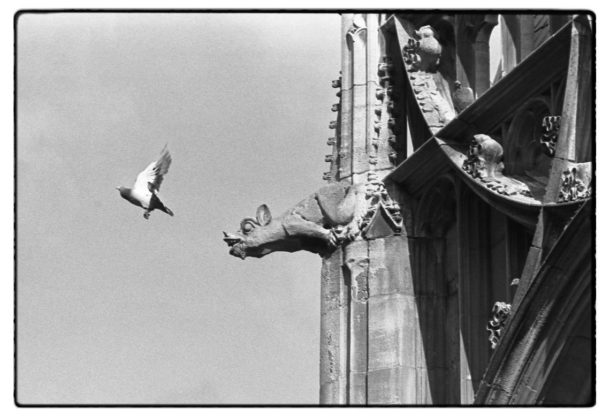
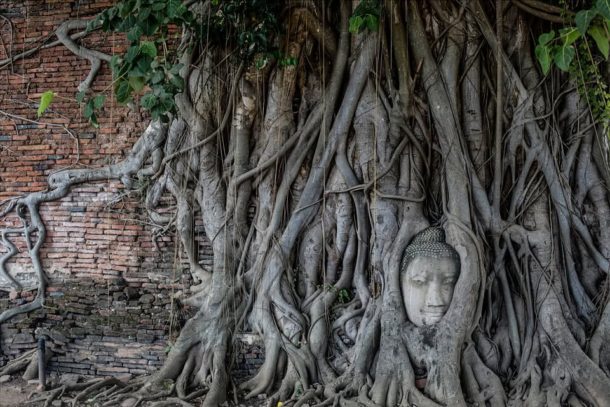
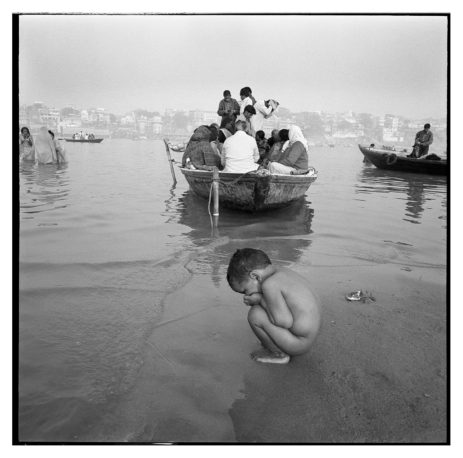
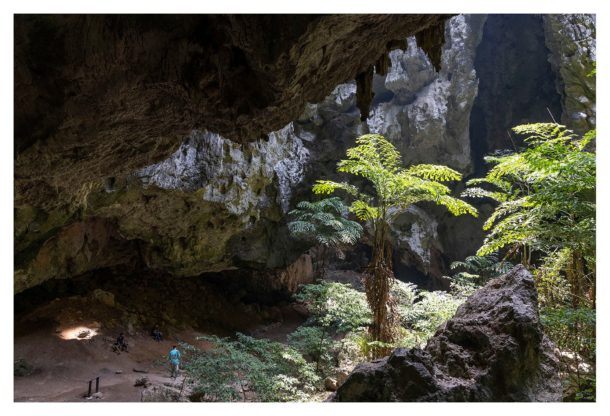

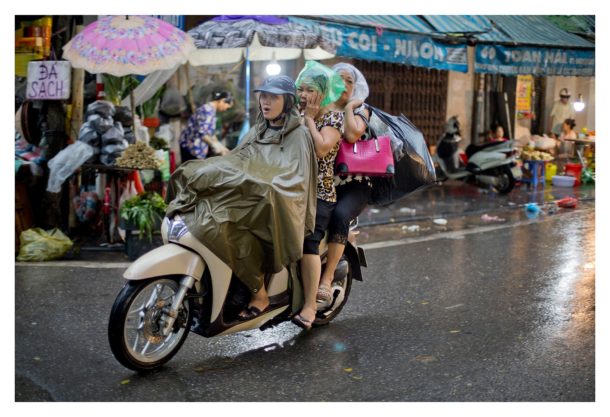
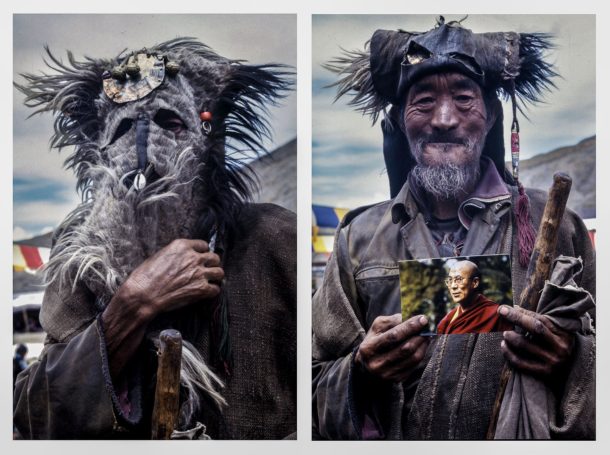
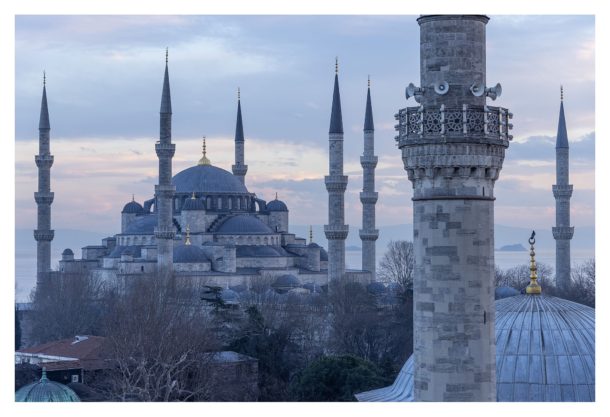
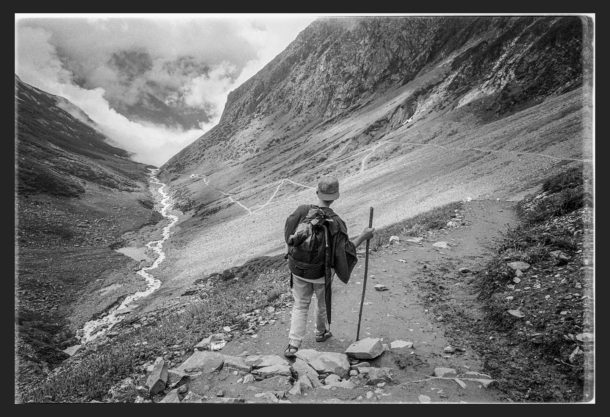















The opinions expressed by individual commentators and contributors do not necessarily constitute this website's position on the particular topic.